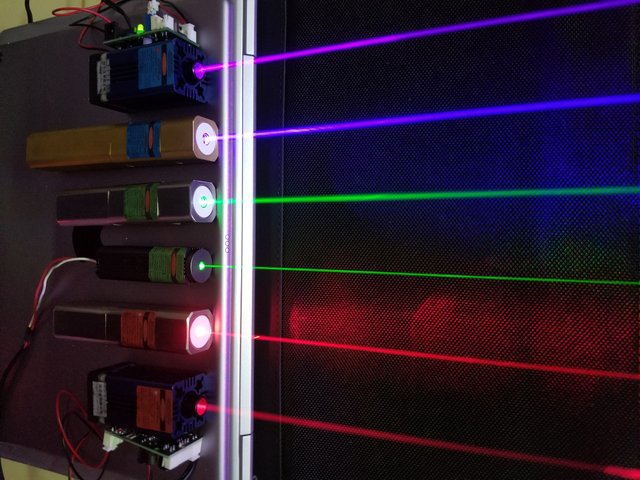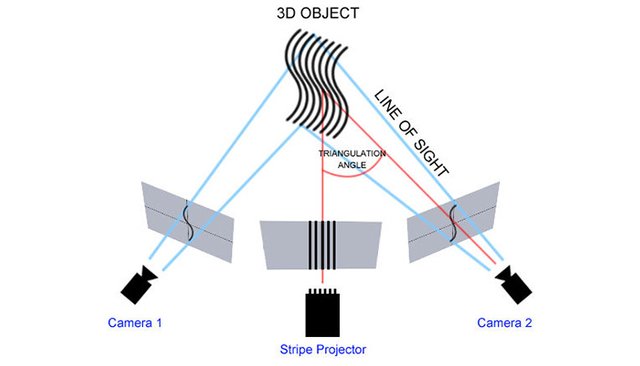Structured light and laser: the "double hero showdown" in the 3D scanning industry
When we talk about 3D scanning technology, the idol stars are undoubtedly "structured light" and "laser". They are like superheroes in the technology world, each with unique skills and playing a role in different scenarios. So, what are the similarities and differences between these two technologies? Today we will easily interpret them so that you can master the essence of 3D scanners in laughter!
Structured light: the "web-weaving master" of light
The structured light scanner is like a web-weaving master. It projects a series of grating patterns (usually stripes or dots) onto the object, and these rays of light will be distorted and deformed after illuminating the surface of the object. The camera will capture these distortions, and then the algorithm will calculate the 3D shape of the object through these deformations.

The advantage of the technology is that it is fast and accurate, especially suitable for scanning a static object. If you need to quickly get a 3D model of a complex object, such as a statue or an auto part, structured light can easily do it. Even better, it is also excellent in surface color texture and capture ability, and the scanned model often becomes realistic.
However, the disadvantage of structured light is that it is more "afraid" of strong light or reflective surfaces. For example, if you point it at a shiny metal object, it may be "dizzy" and have difficulty capturing details accurately.
Laser: Precise "Beam Warrior"
In contrast, a laser scanner is like a samurai holding a lightsaber. It measures the distance of an object by emitting a laser beam, and uses time-of-flight or triangulation to determine the three-dimensional coordinates of the object. The laser beam is very accurate, showing that even tiny details can be captured one by one.
A big advantage of laser is that it is not very concerned about the interference of external light, and can work easily even in strong light conditions outdoors. Moreover, it can scan very large objects, such as buildings or mountains, and can be called a "long-range sniper". If you want to scan a statue, the laser can help capture every tiny texture.

But laser also has its "nature defects". Due to the working principle of the laser beam, it is slightly slow in scanning speed, and it is not a problem for some objects with smooth or transparent surfaces. Want to scan a crystal clear glass vase? Spend a significant amount of time debugging.
"Two Heroes" duel: similar mission, different means
Whether it is structured light or laser, their mission is the same: to help us quickly and accurately obtain the three-dimensional form of objects. The core difference between the two lies in the working principle - one relies on "weaving a net" and the other relies on "light sword". Structured light wins in speed and detail capture, but it will be a bit helpless under complex light; laser wins in some close and long distances, but it is easy to hit the wall on special surfaces.
In general, structured light is suitable for fast and efficient scanning tasks, especially in indoor environments; while laser is suitable for more detailed scanning of large and complex targets, especially in outdoor or special scenes.
Structured light or laser is actually like choosing whether to drive or take a plane: driving can enjoy the scenery along the way (more details), while flying can choose to reach the destination faster (long distance). In short, these are all "light" heroes" who are promoting the development of 3D scanning technology and adding more excitement to our digital world!